Alexander Pedals is a renowned manufacturer of guitar effects pedals, known for its innovative and high-quality products. Founded by Matthew Farrow in North Carolina, the company has gained a reputation for blending cutting-edge digital technology with classic analogue tones. Alexander Pedals offers a wide range of effects, including delays, reverbs, overdrives, and modulation effects, catering to musicians seeking versatile and creative sound options. Each pedal is crafted with attention to detail, featuring intuitive controls and sturdy construction, making them a popular choice among professional and amateur musicians alike. The company’s pedals are often praised for their unique soundscapes and user-friendly interfaces, allowing musicians to experiment with a wide variety of tones and effects.
One of the standout features of Alexander Pedals is the inclusion of the Neo Series, which incorporates digital control over analogue signal paths, allowing for presets, MIDI functionality, and expression control. This innovation enables musicians to easily switch between different settings and integrate the pedals seamlessly into complex setups. Alexander Pedals is also known for its commitment to continuous improvement and customer feedback, regularly updating firmware and introducing new models to meet the evolving needs of guitarists. The company has built a loyal community around its products, with musicians appreciating the blend of creativity, quality, and versatility that Alexander Pedals consistently delivers.
Just Pedal Ingredients.
Delay — A delay pedal records your signal and plays it back after a set time, creating echoes that can range from tight, slapback repeats to long, atmospheric trails. It’s one of the most versatile effects, used to thicken tones, add rhythmic depth, or build spacious, ambient layers. Analogue delays offer warm, decaying repeats that blend naturally with your tone, while digital units provide pristine echoes with precise control over time, feedback, and mix levels.
From classic rockabilly and tape-style echoes to modern looping and shimmer effects, delay pedals have become essential tools for shaping sound. They can make solos soar, rhythms pulse, or transform simple chord progressions into cinematic textures. Whether used subtly to add dimension or boldly to create soundscapes, a good delay pedal can completely redefine the feel and atmosphere of your music.. Pedal — Your pedal is like a signature dish for your sound — a flavour-packed creation that transforms the bland ingredients of your guitar into something unforgettable. Each one adds its own seasoning, texture, and heat, turning a simple meal into a feast of tone.
These tasty little boxes sit in a row, like plates on a buffet, letting you mix and match flavours as you play. With one tap of your foot, you can swap sweet for spicy, subtle for smoky, and serve up something completely new. From the comfort food of warm overdrive to the fiery kick of fuzz, from smooth jazz sauce to heavy-metal spice, pedals give players a full menu of options to express their taste. And just like with food — once you’ve tried one dish, you’ll want to sample them all.
Collecting, trading, and discovering new flavours soon becomes part of the joy of being a tone-loving gourmet geek with a guitar.. Stereo — A stereo pedal or setup splits your guitar signal into two separate outputs, allowing you to create a wide, spacious sound when run into two amps or channels. Effects like chorus, delay, and reverb sound especially lush in stereo, as the modulation or repeats can bounce between left and right channels for a three-dimensional feel. It’s a popular choice for players who want to fill a room or studio mix with depth and movement that a single amp simply can’t produce.
Using stereo pedals opens up creative options for layering tones and building immersive soundscapes. You can pan effects across the stereo field, send clean and effected signals to different amps, or combine analogue and digital textures for a rich, dynamic sound. Whether you’re crafting ambient washes or creating a massive live presence, a stereo setup delivers clarity, separation, and a sense of space that transforms your overall tone..

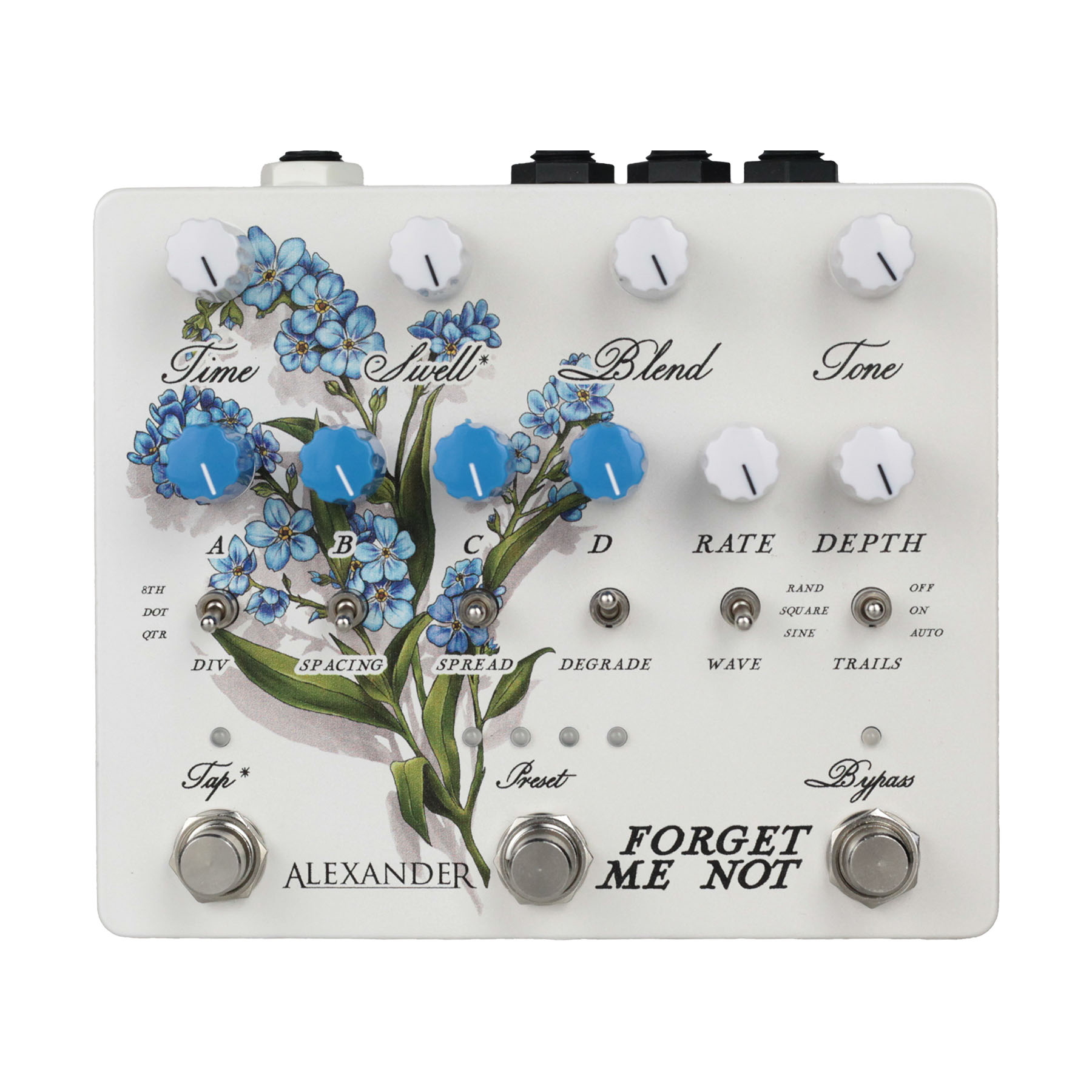
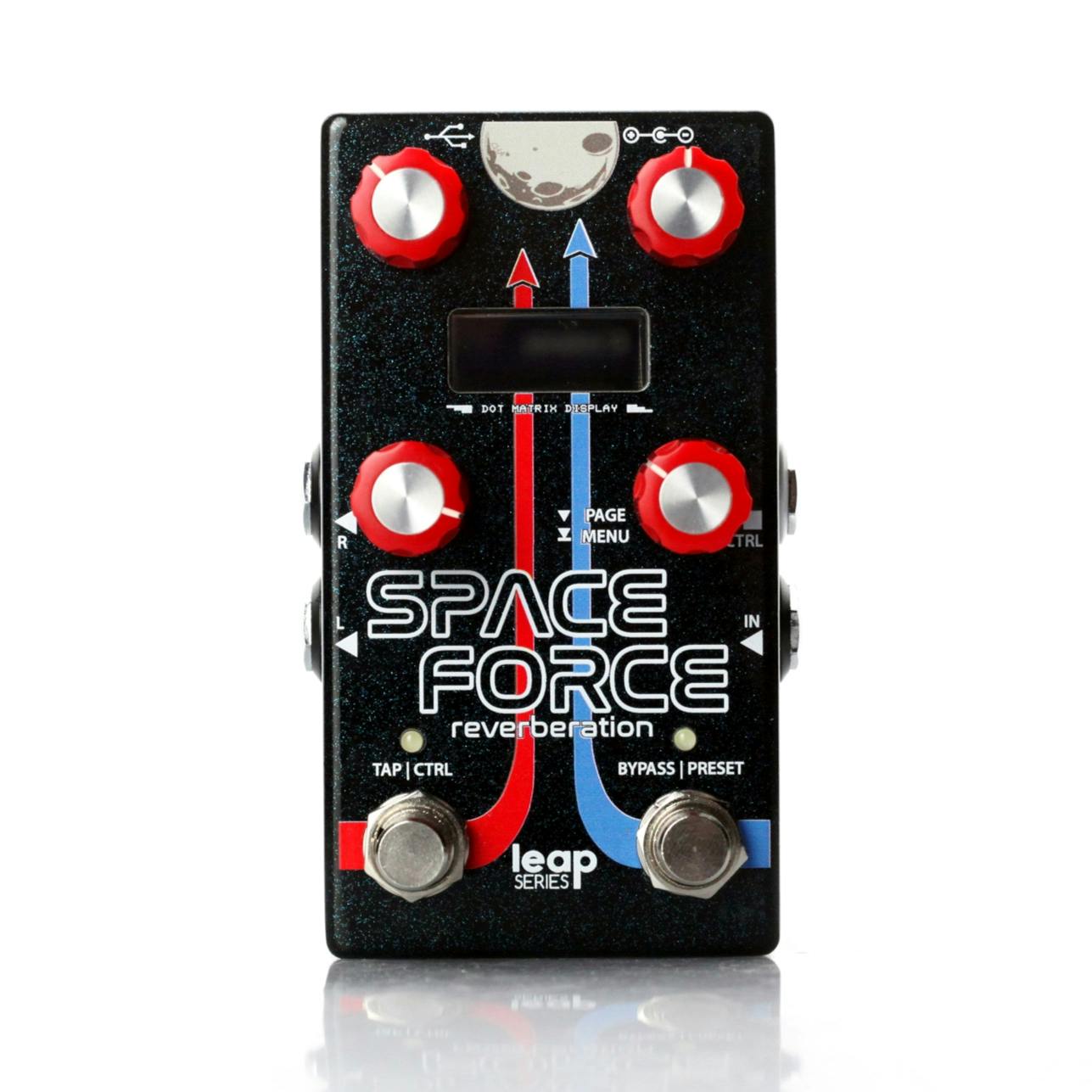
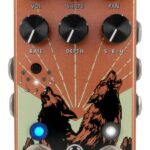
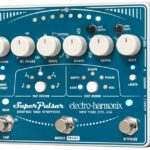
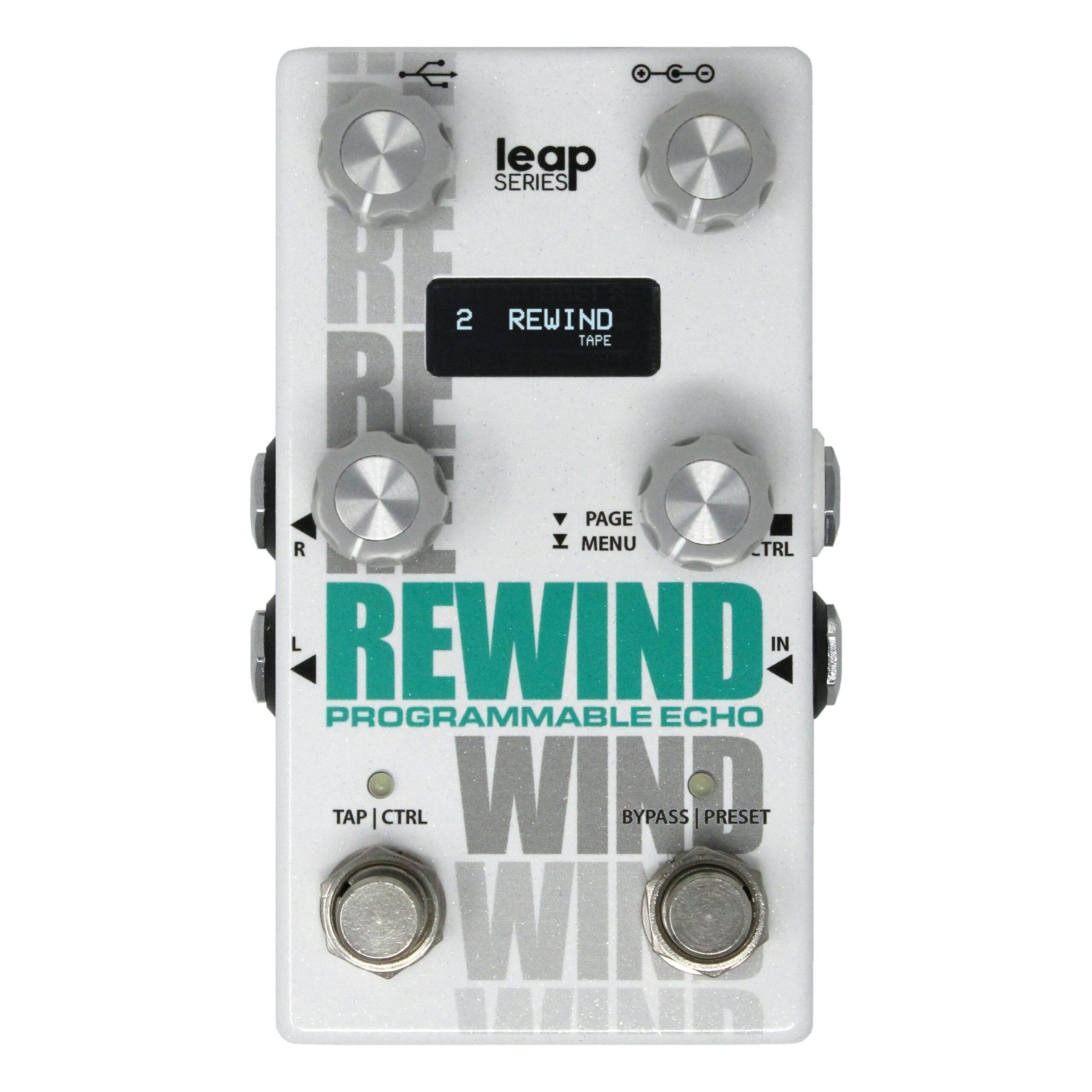
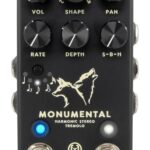
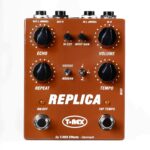
![[7 Delay Modes] 7 delay effects including digital, analog, tape, mod, sweep, lofi and reverse. [3 Knobs] MIX is used to control the dry/effect signal ratio. TIME is used to control the delay time from 20ms ~ 838ms. F.BACK is used to control the feedb...](https://m.media-amazon.com/images/I/41EUFdvIhyL._SL313_.jpg)
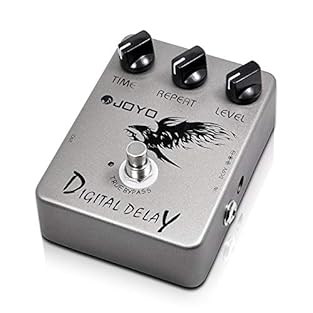

![[3x3 Modes for Versatile Effects]: >> 3 delay modes (Echo, Digital, Vintage) and 3 reverb modes (Hall, Room, Plate) provide 9 unique effect combinations. The DSP restores 6 classic dual-time-domain spatial effects for precise sound control [User-Defi...](https://m.media-amazon.com/images/I/41UTXSm8WjL._SL313_.jpg)
